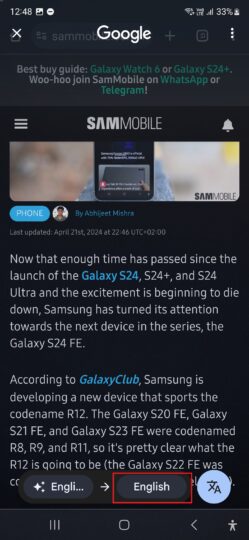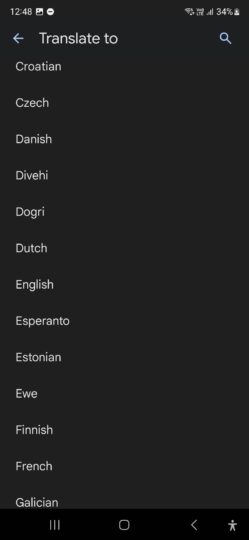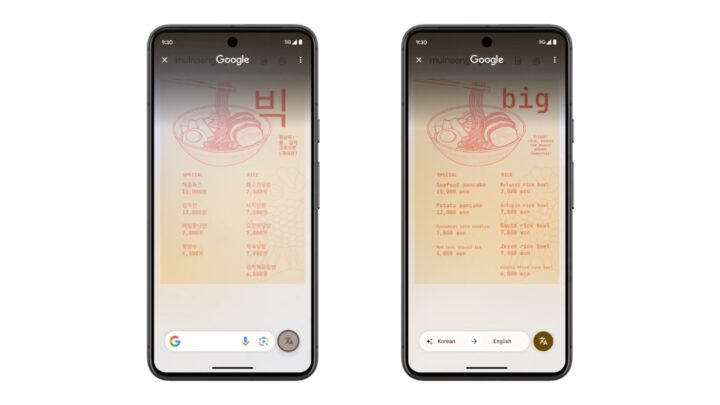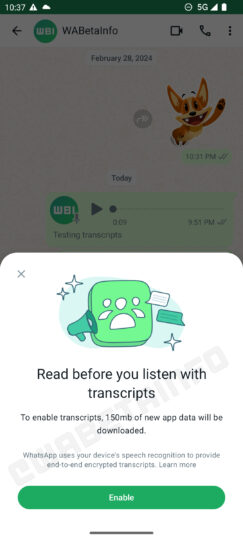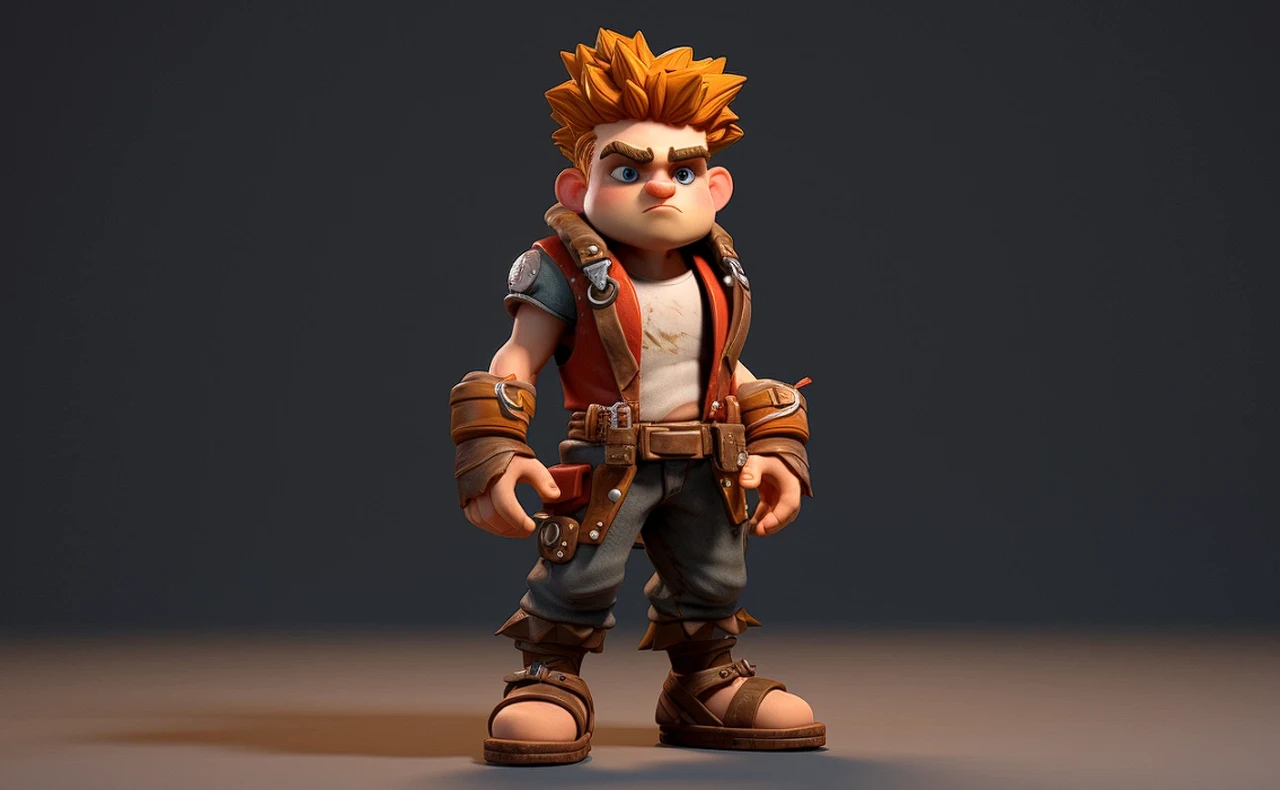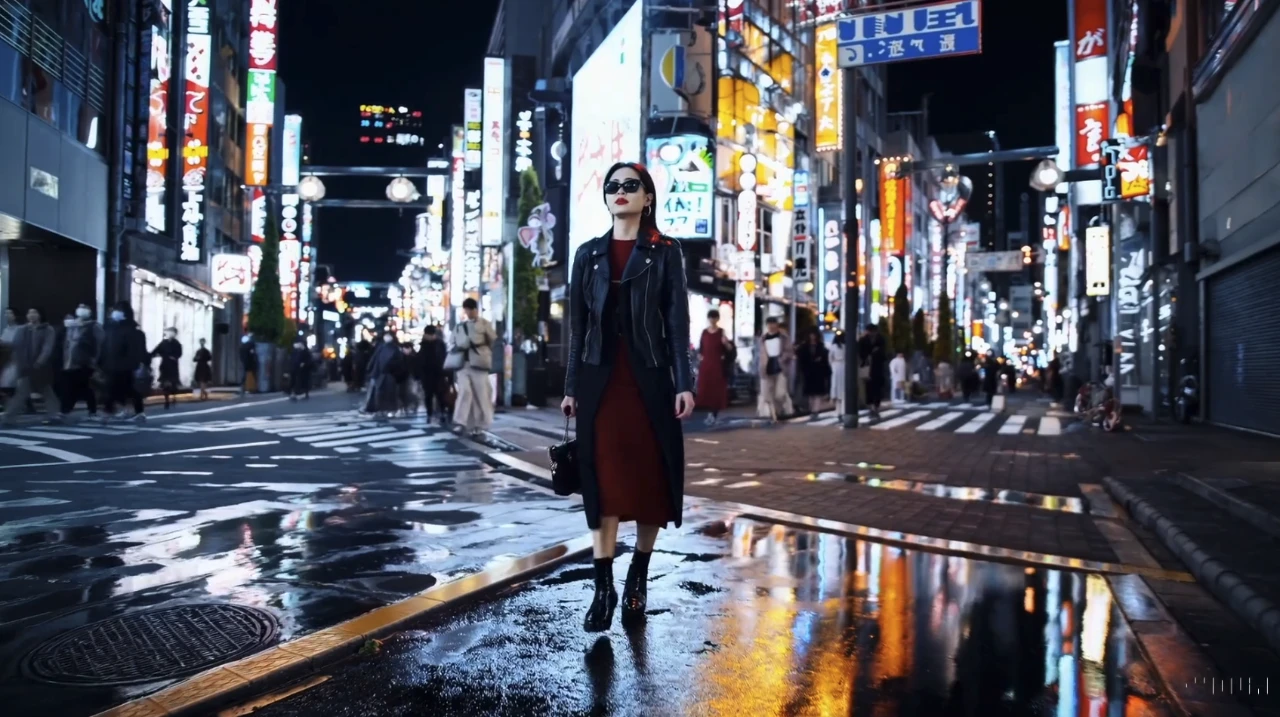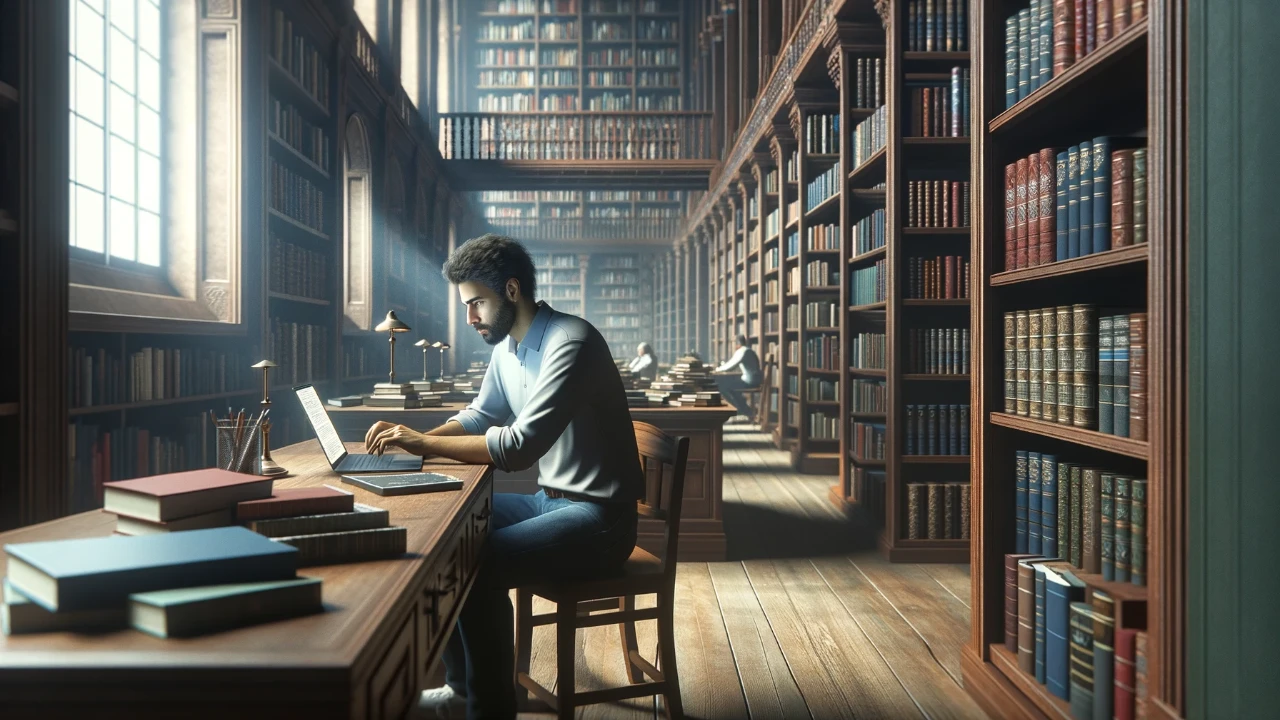[ad_1]
Nearly a year after adding generative AI-powered editing capabilities to Photoshop, Adobe is souping up its flagship product with even more AI. On Tuesday, the company announced that Photoshop is getting the ability to generate images with simple text prompts directly within the app. There are also new features to let the AI draw inspiration from reference images to create new ones and generate backgrounds more easily. The tools will make using Photoshop easier for both professionals as well as casual enthusiasts who may have found the app’s learning curve to be steep, Adobe thinks.
“A big, blank canvas can sometimes be the biggest barrier,” Erin Boyce, Photoshop’s senior marketing director, told Engadget in an interview. “This really speeds up time to creation. The idea of getting something from your mind to the canvas has never been easier.” The new feature is simply called “Generate Image” and will be available as an option in Photoshop right alongside the traditional option that lets you import images into the app.
An existing AI-powered feature called Generative Fill that previously let you add, extend or remove specific parts of an image has been upgraded too. It now allows users to add AI-generated images to an existing image that blend in seamlessly with the original. In a demo shown to Engadget, an Adobe executive was able to circle a picture of an empty salad dish, for instance, and ask Photoshop to fill it with a picture of AI-generated tomatoes. She was also able to generate variations of the tomatoes and choose one of them to be part of the final image. In another example, the executive replaced an acoustic guitar held by an AI-generated bear with multiple versions of electric guitars just by using text prompts, and without resorting to Photoshop’s complex tools or brushes.
These updates are powered by Firefly Image 3, the latest version of Adobe’s family of generative AI models that the company also unveiled today. Adobe said Firefly 3 produces images of a higher quality than previous models, provides more variations, and understands your prompts better. The company claims that more than 7 billion images have been generated so far using Firefly.
Adobe is far from the only company stuffing generative AI features into its products. Over the last year, companies, big and small, have revamped up their products and services with AI. Both Google and Microsoft, for instance, have upgraded their cash cows, Search and Office respectively, with AI features. More recently, Meta has started putting its own AI chatbot into Facebook, Messenger, WhatsApp, and Instagram. But while it’s still unclear how these bets will pan out, Adobe’s updates to Photoshop seem more materially useful for creators. The company said Photoshop’s new AI features had driven a 30 percent increase in Photoshop subscriptions.
Meanwhile, generative AI has been in the crosshairs of artists, authors, and other creative professionals, who say that the foundational models that power the tech were trained on copyrighted media without consent or compensation. Generative AI companies are currently battling lawsuits from dozens of artists and authors. Adobe says that Firefly was trained on licensed media from Adobe Stock, since it was designed to create content for commercial use, unlike competitors like Midjourney whose models are trained in part by illegally scraping images off the internet. But a recent report from Bloomberg showed that Firefly, too, was trained, in part, on AI-generated images from the same rivals including Midjourney (an Adobe spokesperson told Bloomberg that less than 5 percent of images in its training data came from other AI rivals).
To address concerns about the use of generative AI to create disinformation, Adobe said that all images created in Photoshop using generative AI tools will automatically include tamper-proof “Content Credentials”, which act like digital “nutrition labels” indicating that an image was generated with AI, in the file’s metadata. However, it’s still not a perfect defense against image misuse, with several ways to sidestep metadata and watermarks.
The new features will be available in beta in Photoshop starting today and will roll out to everyone later this year. Meanwhile, you can play with Firefly 3 on Adobe’s website for free.
[ad_2]
Source Article Link



